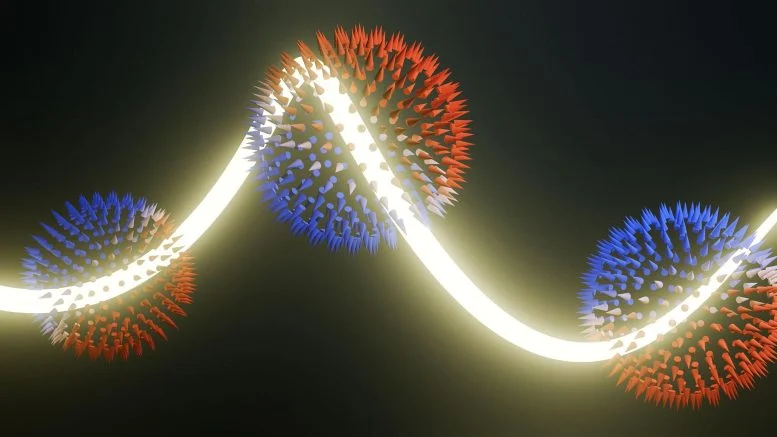New York has been on a cleantech blitz. The latest news in that regard is that the state has reached 6 gigawatts (GW) of installed solar power capacity. Even better, it achieved that milestone a year earlier than it had targeted, as enshrined in its Climate Leadership and Community Protection Act. In general, this amount of solar power in New York produces enough electricity for one million homes.
Here’s another giant stat: the 6 GW of solar installed in New York have pulled in $9.2 billion in private investment. Additionally, 14,000 jobs have been created from all of this.
The solar project that tipped the state over the finish line is owned by Generate Capital and was developed by New Leaf Energy. It is a 5.7-kWh solar power system that is expected to produce enough electricity each year for one thousand homes. “The project participates in the Solar for All pilot program with utility partner National Grid where the energy harnessed by this project benefits low-income households,” NYSERDA adds.
“New York is the national leader in community solar deployments, allowing renters, low-income residents, and others who cannot install their own panels to benefit from solar energy. In 2023, New York ranked first in the nation in total installed community solar capacity. Last year was also the state’s most productive year ever for solar installations, with 885 MW of capacity installed.”
“As the top community solar market in the nation, New York State has provided a replicable model for others to deliver clean, low-cost renewable energy to more consumers,” NYSERDA President and CEO Doreen M. Harris said. “Our public-private partnerships are the catalysts which have helped us to achieve our 6-GW goal well ahead of target, trailblazing New York’s path to an equitable energy transition.”
“New Yorkers are demanding clean, affordable energy, and with the support of Governor Hochul, NYSERDA and other state leaders, the solar and storage industry is delivering,” the Solar Energy Industries Association (SEIA) added. “Meeting New York’s ambitious goal of 6 gigawatts (GW) of distributed solar ahead of schedule is the result of combining strong federal policies, well-designed state solar programs, and tireless work by state leaders and solar developers. Now, time to hit the next goal: 10 GW.”
“Customers and consumers are asking for access to clean energy, and New York state is listening,” Generate Capital Investments Managing Director Peggy Flannery said. We’re very excited to have helped New York reach six gigawatts of solar and deliver the benefits of clean energy to the community. Generate operates 69 projects and counting in New York, and this celebration is another proof point of our successful efforts in serving developers, customers, and local communities and accelerating the clean energy transition.”
A couple more important final notes are that these solar installations across the state have cut electricity costs and costs less than projected. “New York has achieved its 2025 rooftop and community solar goal ahead of schedule and under budget, and we’re just getting started,” New York Solar Energy Industries Association Executive Director Noah Ginsburgh said. “Distributed solar projects are lowering New Yorkers’ electric bills, providing tax revenue to local governments, and employing thousands of workers across the Empire State. NYSEIA congratulates Governor Hochul, the legislature, NYSERDA, the Public Service Commission, the solar industry, and all New Yorkers on this important milestone.”
#ScienceFather#InventionsAwards#SolarPower #RenewableEnergy #CleanEnergy #NewYork #Sustainability #GreenEnergy #SolarMilestone #EnergyIndependence
Event Title : International Inventions Awards
Event Website : Visit: inventionawards.org
Award Nomination Link - https://inventionawards.org/award-nomination/?ecategory=Awards&rcategory=Awardee
Award Registration Link - https://inventionawards.org/award-registration/
Member Nomination Link - https://inventionawards.org/member-submission/?ecategory=Membership&rcategory=Member
Member Registration Link - https://inventionawards.org/member-registration/
Award Winners Link - https://inventionawards.org/award-winners/
For Enquiries: contact@inventionawards.org
Get Connected Here
---------------------------------
---------------------------------
Social Media Links:
YouTube link : youtube.com/channel/UCEiGMaNVAzN2gdfeRad-NjA
Twitter link : x.com/Scitentist55046
Pinterest link : pinterest.com/scitentist/









